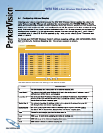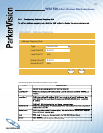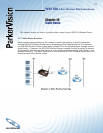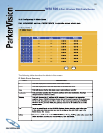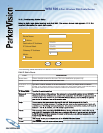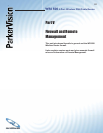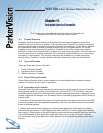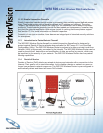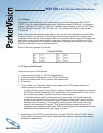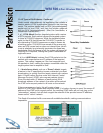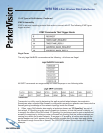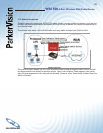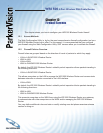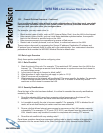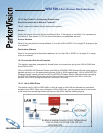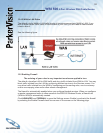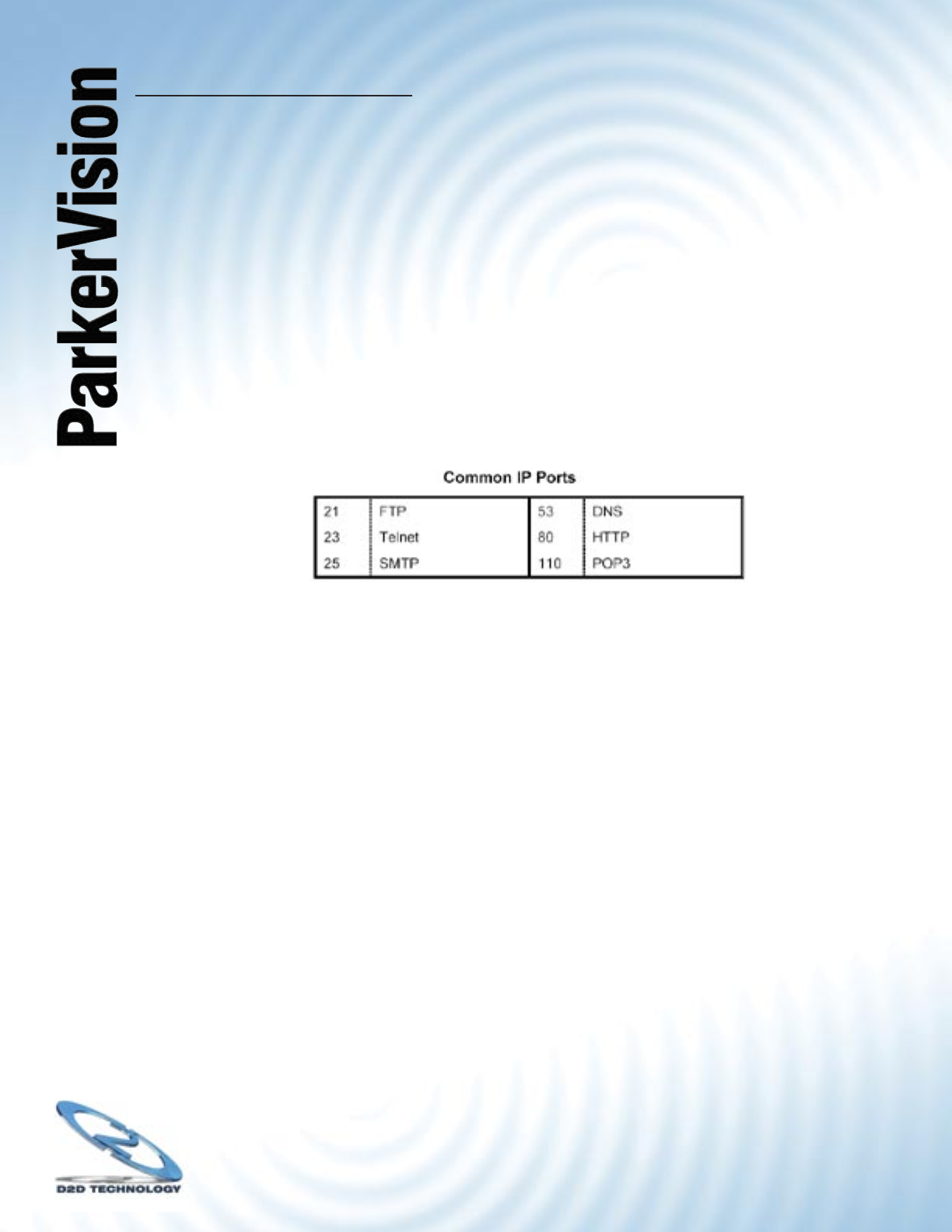
WR1500 4-Port Wireless DSL/Cable Router
®
85
11.4.1 Basics
Computers share information over the Internet using a common language called TCP/IP.
TCP/IP, in turn, is a set of application protocols that perform specifi c functions. An “extension
number”, called the “TCP port” or “UDP port” identifi es these protocols, such as HTTP (Web),
FTP (File Transfer Protocol), POP3 (E-mail), etc. For example, Web traffi c by default uses
TCP port 80.
When computers communicate on the Internet, they are using the client/server model, where
the server “listens” on a specifi c TCP/UDP port for information requests from remote client
computers on the network. For example, a Web server typically listens on port 80. Please note
that while a computer may be intended for use over a single port, such as Web on port 80,
other ports are also active. If the person confi guring or managing the computer is not careful,
a hacker could attack it over an unprotected port.
Some of the most common IP ports are:
11.4.2 Types of DoS Attacks
There are four types of DoS attacks:
1. Those that exploit bugs in a TCP/IP implementation.
2. Those that exploit weaknesses in the TCP/IP specifi cation.
3. Brute-force attacks that fl ood a network with useless data.
4. IP Spoofi ng.
1. “Ping of Death” and “Teardrop” attacks exploit bugs in the TCP/IP implementations of
various computer and host systems.
1-a Ping of Death uses a “ping” utility to create an IP packet that exceeds the maximum
65,536 bytes of data allowed by the IP specifi cation. The oversize packet is then sent to
an unsuspecting system. Systems may crash, hang or reboot.
1-b Teardrop attack exploits weaknesses in the reassembly of IP packet fragments.
As data is transmitted through a network, IP packets are often broken up into smaller
chunks. Each fragment looks like the original IP packet except that it contains an offset
fi eld that says, for instance, “This fragment is carrying bytes 200 through 400 of the
original (non fragmented) IP packet.” The Teardrop program creates a series of IP
fragments with overlapping offset fi elds. When these fragments are reassembled at the
destination, some systems will crash, hang, or reboot.
2. Weaknesses in the TCP/IP specifi cation leave it open to “SYN Flood” and “LAND” attacks.
These attacks are executed during the handshake that initiates a communication session
between two applications.



